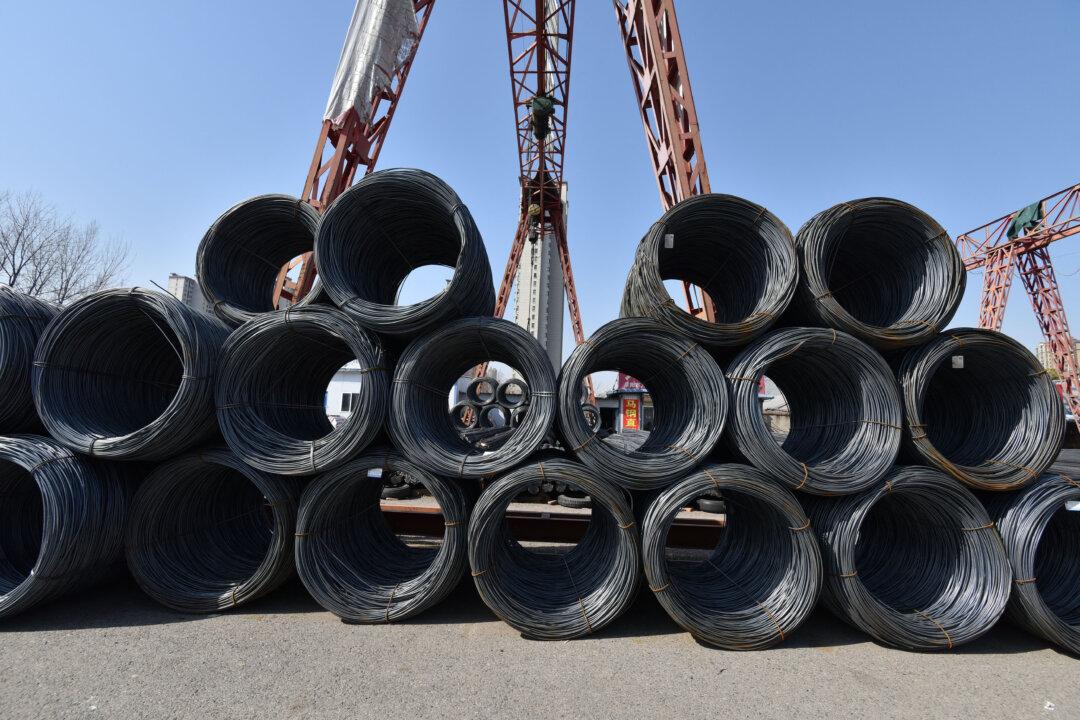Even as China announced slowing growth and its plans to boost growth after the Lunar New Year, it could not hide the collapse in demographics.
For many years, as growth continued to roar ahead, bureaucrats wondered whether China would get rich before it got old. China already is old and will face a falling population, if not already. This will define the future of China and its place in the world.
Widely attributed to the introduction of the one-child policy under Mao Zedong, Chinese birth rates fell in tandem with the widespread introduction of birth control. With a replacement rate of 2.2 children per couple required to keep the population stable, China’s current fertility rate of 1.3 portends further problems.
While the total population of China has leveled off, the working age population has been falling for nearly a decade. Officially, China’s working age population peaked in 2014, declining slowly since and forecast to increase in speed in the coming years. Additionally, China is aging very rapidly. From 2000 to 2020, the median age in China jumped from 30 to 38.4.
With no population growth and a rapidly aging population, the economy will become less productive, enjoying less of a bounce from the “demographic dividend” than it did between 1990 and 2010. Even as Beijing tries a wide variety of inducements to stimulate births, there simply is no good example of countries that have engineered a long-term structural boost to the population rate.
Though seemingly the stuff of bureaucrats, demographics undergird the strength of a nation and especially China, which has built its reputation on market size. Japan, with a rapidly aging and falling population, has endured decades of flat GDP growth even as the per capita income of the working age population has grown steadily. For a country with a falling working age population trying to hit 5-6 percent GDP growth requires enormous sums of investment and higher debt growth. Higher debt with falling population means higher debt per individual.
Compounding this is that Japan became wealthy and opened up prior to aging. China remains decidedly closed with no prospect of opening up economic and financial markets, and its debt position is much worse than any comparable country at its level of income or median age. While the long-term results will play out in the decades ahead, the structure of the economy has been cast.
Compare the demographic state of China to a country like India—with a larger total population by 2025, if not sooner, according to unofficial estimates—that is significantly younger and still to enjoy the mythical demographic dividend. Companies are already shifting production to India to avoid tariffs, and seeking out longer term markets that are not left to the whimsy of Communist Party apparatchiks.
Then consider geopolitics. With Chinese births and population falling faster than expected, and if the United States continues to absorb immigrants at current rates, some projections forecast the U.S. population exceeding China near the end of the century. For all the talk of a China dominating the world, any type of scenario with a significant drop in the Chinese population will dramatically alter the expected geopolitical conflict between China and the United States.
According to Chinese estimates, the one-child policy prevented more than 400 million births in China. Despite their unearned reputation for long-term strategic thinking, Chinese policymakers waited way too long to reverse the policy and have no viable plan to reverse a steep decline and rapidly aging population.
Beyond more debt, there is no viable plan to change the course of long-term Chinese economic model. With failing social security funds and a geopolitical strategy built on little more than population size, we are witnessing the slow motion collapse of the Chinese economic model. How this plays out over decades will be the little discussed structure of power.





